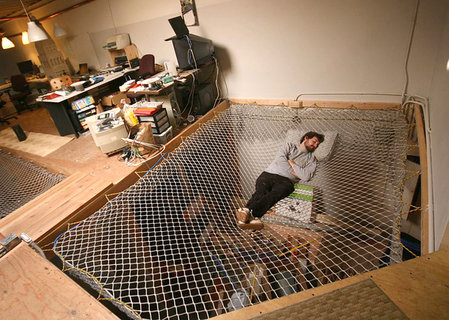When I switched from my Dell to a MacBook Pro, I knew that I still have to retain some type of Windows capability, especially the product that I develop predominately runs on Windows due to its connectivity with a Windows database, Microsoft SQL Server. There were three options at the time: VMWare Fusion, Parallels, and dual booting with Bootcamp. The last option is really a non-starter, since it is way too cumbersome to reboot when I have to switch OS.
So it boiled down to a choice between the two solutions involving virtual machines. I started out with VMWare Fusion, because our company had experience with VMWare on Windows and we had a few VMWare virtual machines already built. I went ahead and bought version 2.
The best way to sum up my experience with version 2 is that running it made my MacBook feel sluggish. The disk I/O read and write speeds were very slow. I ran some non-scientific benchmarks and they were sometimes five times as slow as native reads and writes from Mac OS X. Since I use the VM for the specific purpose of running a database, this is somewhat problematic. To compound the disk I/O issue, it gets worst after the VM is suspended. It almost seems like the VM never fully wakes up. Restarting the VM from suspension also took a very long time. Due to these irritating characteristics, I ended up shutting down the VM completely, and restarting the VM frequently, countering the convenience that I would have enjoyed with the Mac’s very nicely implemented lid-closing suspend feature. I also do a lot of presentations and demonstrations. Of course during the demonstration, I would plug my MacBook into a projector. All this worked fine, until I unplug the projector. Going from mirrored displays and back to a single display caused VMWare to misbehave. I sometimes get a black LCD screen, or my computer just freezes. Either of these two situation forces me to bounce the power button.
Shared folders in VMWare also caused me endless headaches. Finally, I thought my prayers were answered when VMWare version 3 came out. It got a little better. I/O speeds improved somewhat, but the basic instabilities still existed. I then came across this article and found that Parallels’ I/O performance is significantly better. After downloading a trial version of Parallels Desktop 5, I started by converting my VM. This procedure was effortless and pain free. Sensing good karma already.
When I started the VM with Parallels, I was pleasantly surprised how fast it started up. Disk I/O was fabulous, very close to native speeds. The most enjoyable experience is that I can now close the lid of my MacBook and open it up again without having my computer feel sluggish. Parallels simply does a phenomenal job when it comes to start, suspend, and restarting the VM. It is just a pleasure to work with! No more issues when displays are mirrored with a projector, or viewing the VM in full screen mode, and the other working mode does not bog down my OS X experience. Everything is not rosy though. I did find an issue with copy and paste, but can be quickly remedied by simply quitting Parallels and re-launching again. Given Parallels’ fast performance in stopping and starting VM’s, I rather deal with this one issue discovered in more than 10 days of putting Parallels through its paces, than the litany of issues previously described with VMWare Fusion. In summary, my trial ended yesterday and I bought my Parallels license. Goodbye VMWare Fusion (off of my hard drive for good).

